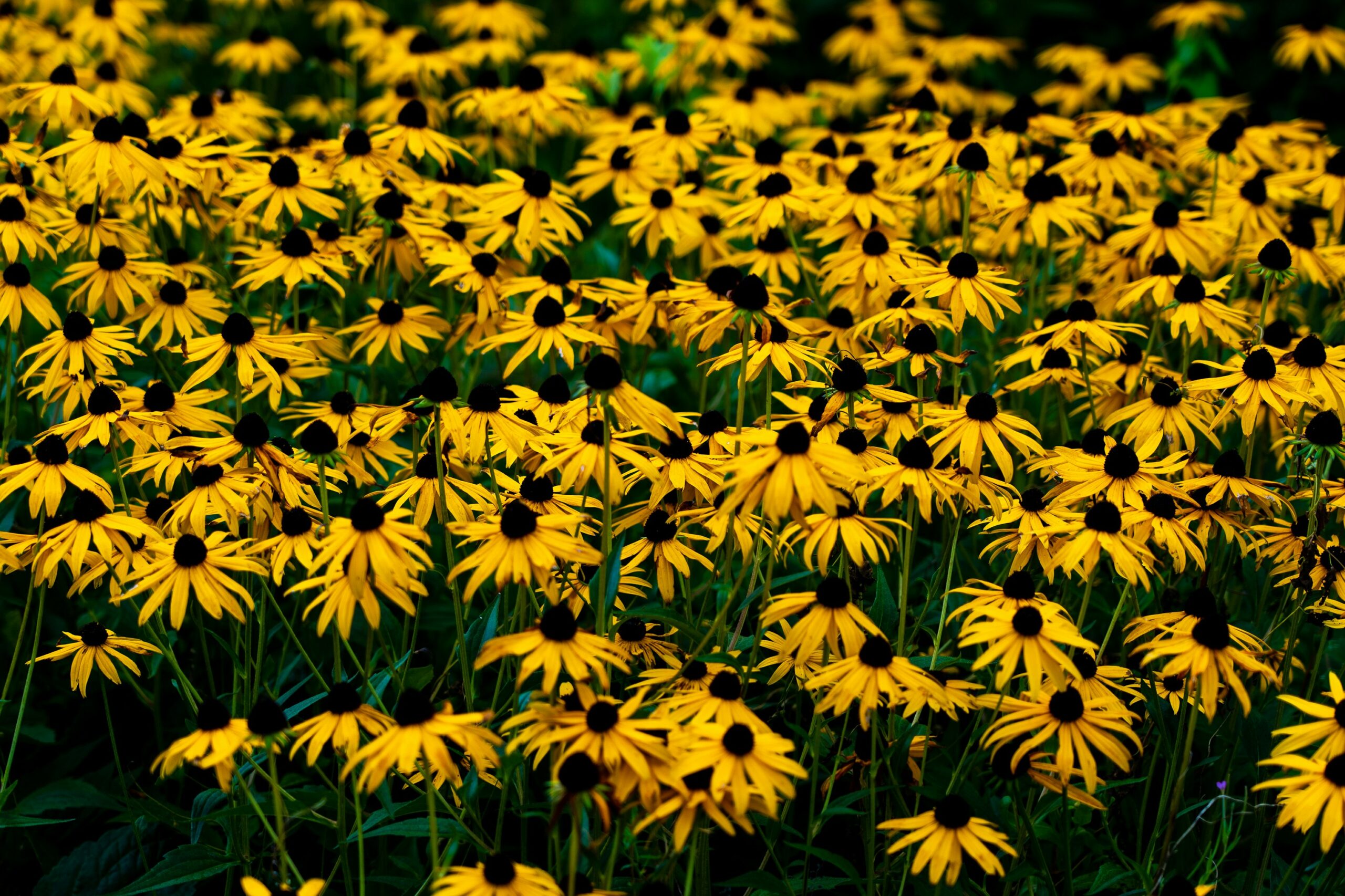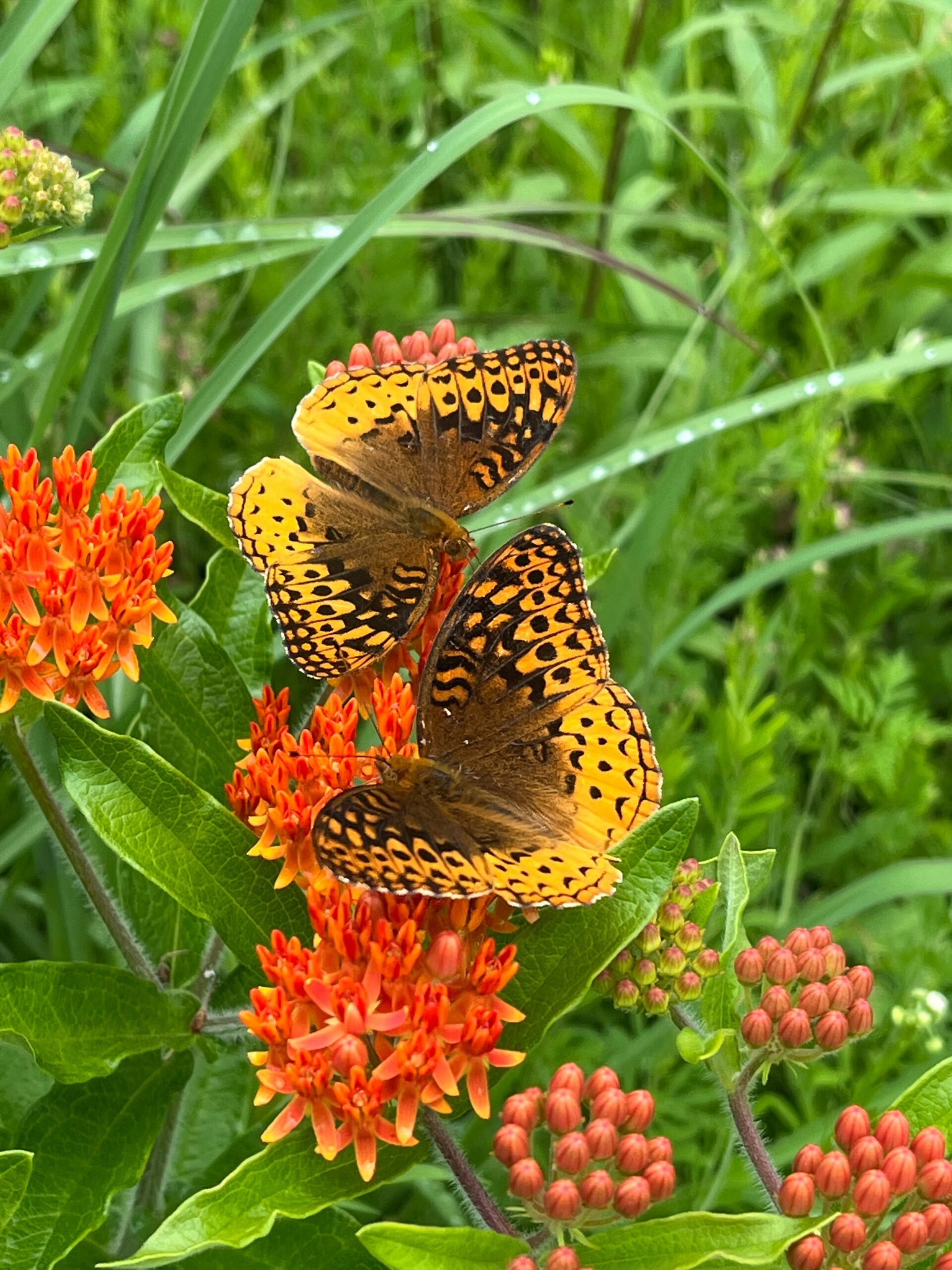Top 5 Native Plants for Wisconsin Landscapes

Native Plants for Wisconsin Landscapes
If you’re looking to create a sustainable, low-maintenance landscape that thrives in Wisconsin’s climate, native plants are the way to go. These plants are naturally adapted to local conditions, which means they require less water, fertilizer, and care—and still look great year after year. From city yards to rural properties, native species provide beauty and functionality without demanding your time or wallet. They’re ideal for homeowners who want a resilient, eco-friendly yard that stands up to Wisconsin’s changing seasons with minimal fuss.

1. Purple Coneflower (Echinacea purpurea)
This popular perennial is a Wisconsin favorite—and for good reason. Purple coneflowers bloom mid-summer and attract bees, butterflies, and birds. Their bold purple petals and raised centers stand out in garden beds and are often used in pollinator mixes. They’re hardy, long-lasting, and make excellent cut flowers for indoor arrangements too.
Blooms: July–September
Height: 2–4 feet
Benefits: Drought-tolerant, pollinator-friendly, deer resistant
2. Black-Eyed Susan (Rudbeckia hirta)
With its bright yellow petals and dark center, the Black-Eyed Susan is a cheerful addition to any landscape. It’s easy to grow and spreads naturally. These sunny flowers thrive in full sun and adapt well to various soil types, making them a resilient choice for many settings. Their long bloom time brings extended color to your garden, and they reseed easily, helping to fill out your landscape with little effort.
Blooms: June–October
Height: 1–3 feet
Benefits: Long blooming season, low maintenance, attracts butterflies
3. Prairie Dropseed (Sporobolus heterolepis)
This ornamental grass adds movement and texture to garden beds while staying compact and tidy. It’s ideal for borders and mass plantings. Prairie Dropseed is a fine-textured, arching grass that sways gracefully in the breeze and turns a warm golden color in fall. Its fragrant seed heads add subtle appeal, and its dense root system makes it excellent for stabilizing slopes and preventing erosion.
Blooms: Late summer
Height: 2–3 feet
Benefits: Drought-tolerant, erosion control, fragrant seed heads
4. Wild Columbine (Aquilegia canadensis)
A spring bloomer with delicate red and yellow flowers, Wild Columbine is perfect for shady or partially shaded spots. Its unique, nodding blossoms add charm to woodland gardens and attract hummingbirds and bees early in the season. Wild Columbine reseeds readily in moist, well-drained soil and adds a natural touch to shaded areas where many other plants struggle to thrive.
Blooms: May–June
Height: 1–2 feet
Benefits: Shade tolerant, attracts hummingbirds, native woodland species
5. Butterfly Weed (Asclepias tuberosa)
Don’t let the name fool you—this native milkweed variety is both beautiful and essential for monarch butterflies. It loves sunny, dry locations. With its brilliant orange flowers and upright growth habit, Butterfly Weed stands out in any pollinator garden. It’s not only a nectar source for many species but also a host plant for monarch caterpillars. Once established, it requires little care and thrives in tough, well-drained soils.
Blooms: June–August
Height: 1–2.5 feet
Benefits: Critical pollinator plant, low water needs, vibrant orange color

Why Native Plants Matter
Native plants support local wildlife, resist disease, and thrive with minimal input. They also contribute to a healthier ecosystem by improving soil quality and providing habitat for pollinators. Because they’ve evolved alongside local insects, birds, and other wildlife, native species play a vital role in maintaining ecological balance. They often require fewer chemical treatments, reducing runoff and pollution in nearby waterways. Whether you’re designing a pollinator garden or simply want a resilient yard, incorporating native plants is one of the most impactful—and rewarding—choices you can make.
County Materials Corp. is our preferred hardscape supplier
for pavers and retaining wall block.
Get your consultation
If you’re looking for a landscaper in River Falls or Hudson, WI we’d love to help you with your next landscaping project. Contact us today about getting a consultation and we’ll contact you shortly.


